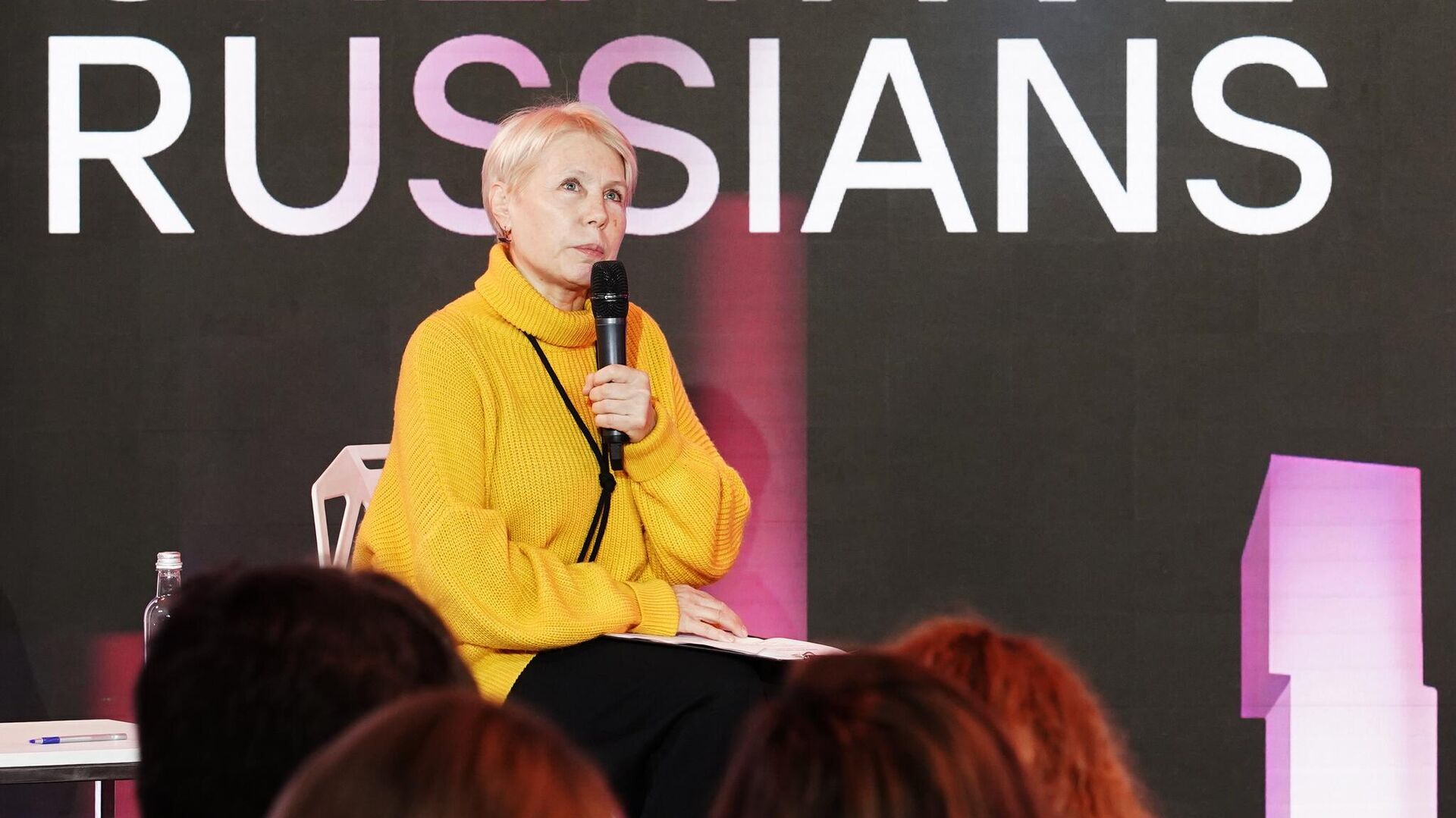
A project like “Masha and the Bear” today does no less for the country’s image than the national ballet did in its time, says Irina Mastusova, executive director of the Animated Film Association. In the interview, she explained why big business began to invest money in animation, how “Smeshariki” is conquering the world, how to put an end to unlicensed products depicting popular animated characters, and when the Japanese will give Russia the international rights to “Cheburashka.” Interviewed by Sergo Kukhianidze.
– The other day, the animated film “Three Heroes and the Navel of the Earth,” which was released in cinemas at the end of December, broke a record — it became the highest-grossing film in Russia, having already collected one billion rubles at the box office. Cartoon production seems to be becoming a good business in the country?
“This process has been going on for several years now. Domestic industrial animation began to develop essentially only from the beginning of the 2000s, when the first commercial studios appeared — SKA Petersburg and Melnitsa. They are both located in St. Petersburg, and we jokingly call the city on the Neva the birthplace of industrial animation. This is the time of the formation of our first major serial projects — “Smeshariki”, “Luntik”, a little later — “Masha and the Bear”, “Fixies” and others. Focusing on international experience, attracting world-class specialists, and demonstrating remarkable Russian ingenuity, we began to slowly transfer it to the domestic author’s school.
While our animation was gaining momentum, the viewer began to request national content. The choice of “what to watch” in our time is incredibly huge, so parents want their children to watch high-quality, safe, and preferably Russian. In recent years, television channels have turned in our direction, and since the pandemic, also online platforms. Large businesses have also believed in animation and are now investing in projects. In parallel with this, at the state level, in dialogue with the professional community, increasingly comfortable working conditions are being created: tax benefits, its own code in the All-Russian Classifier of Economic Activities, opportunities that are now provided by the Russian Ministry of Culture, the Cinema Fund, the Moscow government, export support structures, regional authorities. Grant-giving companies have appeared — the Presidential Fund for Cultural Initiatives, the Internet Development Institute.
At the same time, of course, this is a very difficult business, the so-called “long money”. That is, first you need time to develop and create a project, then – to promote it and promote it. It is possible to really understand the prospects of any animated series and begin to receive a return only four to five years after the start of broadcasting: in a competitive environment, the audience must “try out” the animated series. Well, if we are talking about a full-length film, then its creation also takes several years.
– Several years?
– Yes, because this is a huge production and creative process, much more labor-intensive, by the way, than the release of a feature film, which can often be created in a few months.
For example, the script of a cartoon may be rewritten several times, then directing, storyboarding, “revitalizing” the characters using computer graphics, voice acting begins… If we are talking about major foreign releases, then the period of work here can be six years, and sometimes more. For example: the creation of the animated film “Tangled” began in 2002, and the film was released in 2010. It turns out that the production in this case took about eight years.
– What about Russian studios?
– Our animation as an industry is still very young – it is not even 20 years old. How is this, you ask, since there were cartoons before? Yes, there were, but for many years we essentially produced only original animation with full state support. Which led to the fact that since the late 1980s, during difficult economic times, the industry simply stagnated. And it was in a difficult situation until the beginning of the 21st century, when it began to gradually reformat itself into an industry. And, by the way, there were no guarantees that this process would happen at all.
We have made a colossal leap: in 10 years, from 2011 to 2021, the number of animation studios in the country has tripled, and the market volume has grown fivefold. According to a Gazprom-Media study, in 2022 it amounted to 18.1 billion rubles, and by 2030 it will grow to 38.8 billion rubles.
However, these are not yet the volumes that the powerful industrial market of Europe and the USA, built up over the decades of the 20th century, has. In Russia, on average, a full-length animated film is shot over two to three years with a budget of five to six million dollars. For comparison, the budget of, say, the American “Inside Out” was 175 million dollars, and the already mentioned “Tangled” was 260 million.
We still have a way to go to achieve such volumes. At the same time, thanks to decades of non-industrial development, Russian animation has developed a powerful creative potential, and I think that if we increase the volume and scale of production, we are capable of much.
– For example?
– Our serial preschool animation is already generally at the world level, and now it is paramount to gain more experience in the production of feature films. Moreover, favorable circumstances have developed for this under sanctions. Thus, last year turned out to be a record year for the number of Russian full-length animated premieres in film distribution — 13 releases, and the share of domestic animation for the first time exceeded half, amounting to 53%.
In addition, thanks to a “longer” rental window, the viewer finally had the opportunity to properly examine domestic full-length animation. It is important that last year the President of the Russian Federation gave instructions to develop mechanisms for 100% support for animated films, which in the future could give impetus to the emergence of even more good and high-quality films.
– Why suddenly there is such attention in the country to the animation industry?
– Because animation is directly related to the system of education and personality formation. This is the so-called “soft power”, which influences how the child develops an understanding of what is “good” and what is “bad”, what value guidelines will be laid down. And this is done not through edification or moralizing, but with the help of bright, charismatic images and fascinating stories.
This understanding did not come “suddenly,” of course. A powerful impetus for the development of the industry in Russia was given back in 2017, after animation producers met with President Putin in the Kremlin. Addressing us, the head of state, I remember, then said that animation in a bright, talented, beautiful form “teaches children to understand life, to distinguish truth from lies, good from evil.”
– Yes, domestic animation unique. Pope John Paul II once said: “I would recommend to all parents to raise their children on Soviet cartoons. They are the most humane and Christian in the world, useful to the soul, because they instill in the child empathy, patronage of the weak and kindness.”…
– The main historical feature of our animation is its exceptional humanism. Many of the great masters of our animation classics went through the Great Patriotic War. Perhaps that is why there is no place for cruelty in their works. And it’s great that in recent years Soyuzmultfilm has done a lot of work to once again collect all the rights to the classics (we call it the “Golden Collection”) in the hands of the film studio. In the 1990s and 2000s, there was no understanding of their importance, so the rights, unfortunately, ended up in the hands of different companies. In recent years, the situation has changed radically, and now Soyuzmultfilm is a full-fledged owner of the rights to works that were created within the walls of the film studio.
– However, as far as I know, the rights to “Cheburashka” are all still belong to the Japanese company?
– We are talking about international rights, rights on the Russian market and in the CIS belong to Soyuzmultfilm. As far as I know, the contract expires in 2024 and will not be extended.
– The story with “Cheburashka” — another evidence of how popular Russian animation is abroad?
– Our heroes have very great potential in the foreign market, it’s true. “Masha and the Bear”, “Smeshariki”, “Fixiki”, “Luntik”, “Belka and Strelka”, the full-length “Snow Queen” franchise from the Voronezh animation studio, the list goes on — these cartoons have received recognition abroad, and «Masha and the Bear» became a phenomenon. The animated series is listed in the Guinness Book of Records as the most popular cartoon with more than 50 billion views on YouTube.
This is still a very clear, but targeted success, since our animation industry is currently still very small and young in the global context. In order for there to be more such successes, it is necessary to significantly increase in volume, simply to produce more.
Russian animation now has an interesting path ahead of it, since in 2022 we began to actively turn towards the Middle East, Asian countries, and Latin America. Just last year we took part in international film markets in Shanghai, Ho Chi Minh City, Bangkok, Hangzhou, Dubai.
Many domestic studios have already found distributors in these countries and joined the networks of local channels and platforms. Only the logistics of paying payments have become more complicated. And so, the export of Russian animation accounts for about 20% of companies’ revenue. This is quite a lot for our industry.
Taking all this into account, I will not tire of repeating that today, more than ever, we need to learn to sell our animation not only around the world, but also in our own country. This is the key to its further successful development, a guarantee that our children will watch high-quality domestic animation.
– What do you mean?
– One of the main sources of income for any animation studio, both in Russia and in the world, is the sale of licenses for animated images. That is, companies acquire them in order to produce toys, food, stationery, clothing, etc., featuring popular characters. A license is purchased for a certain period, and during this time the copyright holder receives a royalty, that is, a percentage of sales.
The licensing market in Russia is now quite developed, and the demand for domestic animated images is growing. However, the main difficulty in this whole process is counterfeit goods. So far, in our country, a culture related to the inviolability of intellectual rights is just being formed, and studios sometimes have to act very decisively, turning to courts throughout the country. But, unfortunately, there may be no other way to restore order in this area other than using a “whip.” And here, more than anywhere else, we need government help.
The second direction that brings income to the animation industry is the sale of content to TV channels and online cinemas. And it is gaining momentum. Until recently, television companies paid practically nothing at all for showing cartoons on their media. Today, with the development of the market of civilized relations in the country, a turning point has occurred here.
There are also other areas of business — entertainment and educational theme parks, clubs, cafes, holding holidays, the same New Year trees. Large studios are now developing competencies in this direction, creating new franchises.
– Goods are definitely good. But, in addition to their promotion around the world, our animation has another important function — Russia’s “soft power” in the international arena, isn’t it?
— Absolutely. Domestic animation is that “soft power” that, overcoming political differences and geographical boundaries, penetrates directly into the heart of every child. This is important for each country, because deep cultural codes are encrypted in animation, even if it is difficult to determine at first glance by the kokoshnik on the main character. And this influence is quite strong: look, almost the whole world (and you and I, until recently) lives in the universes of Disney, Marvel, Ghibli — their characters are very popular, products with them are desirable for both children and adults.
Therefore, in my deep conviction, a project such as “Masha and the Bear” does no less for the image of the country today than our wonderful domestic ballet did in its time. The animated series has been translated into many languages and is loved by children all over the world. At the same time, our other cartoon hero, Krosh from Smeshariki, even managed to individually enter the Chinese market. Our Chinese colleagues made a series called “Krosh and Panda,” where these two national characters act together.
We are open to cooperation, co-production and dialogue between cultures. Our animation industry now has something to offer the international market: traditions, experience, creative and production resources. And I think in the next few years we will be able to confidently declare ourselves in the global context.

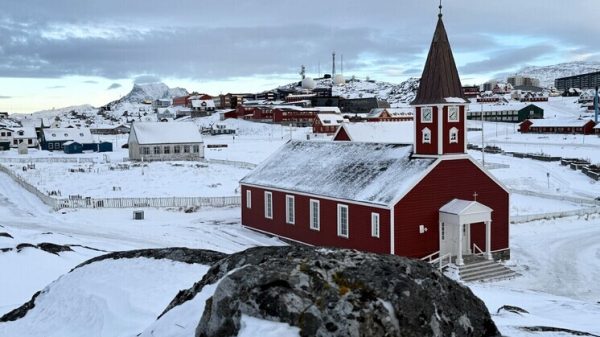


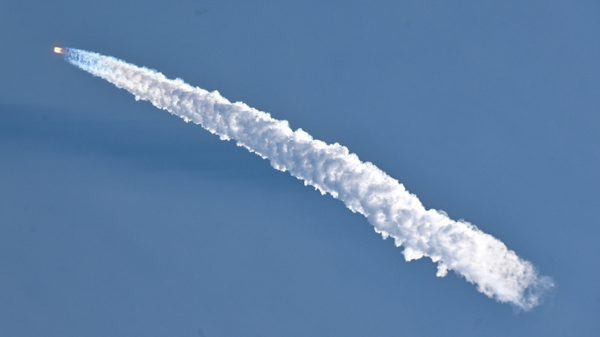


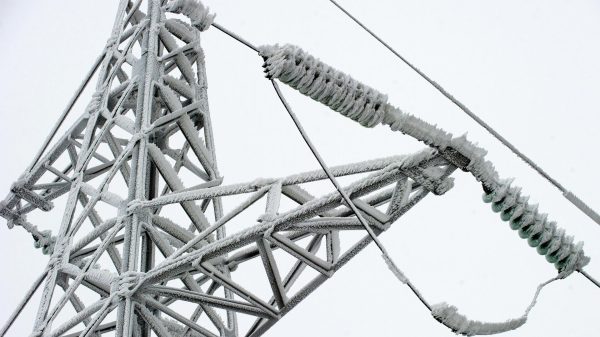
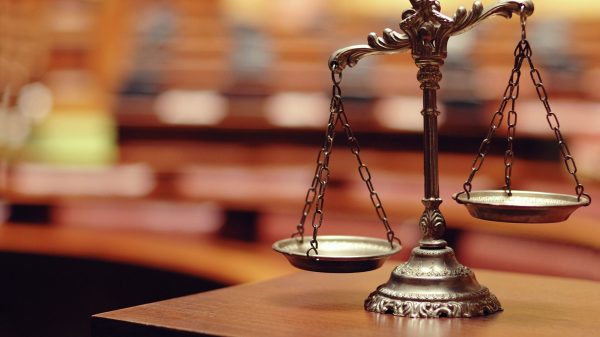



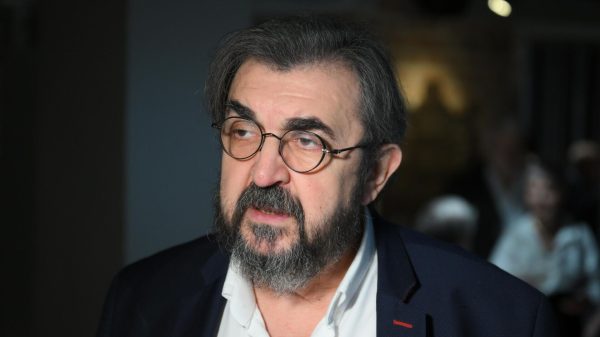
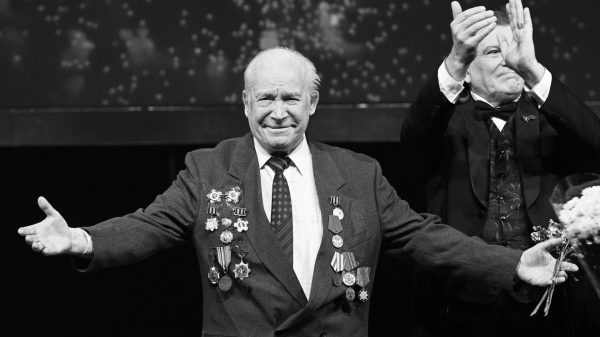
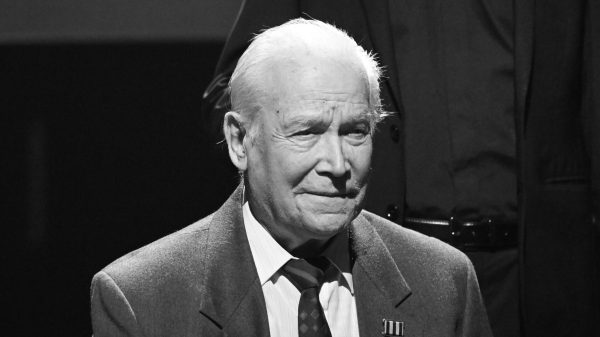

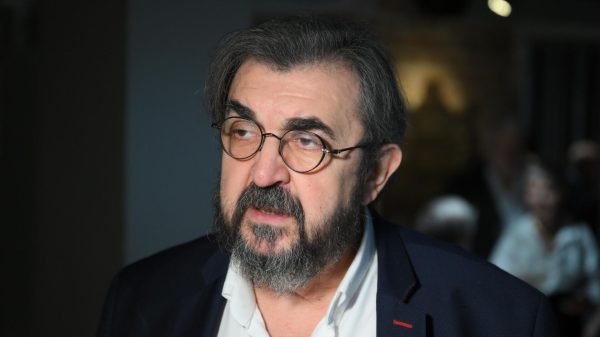
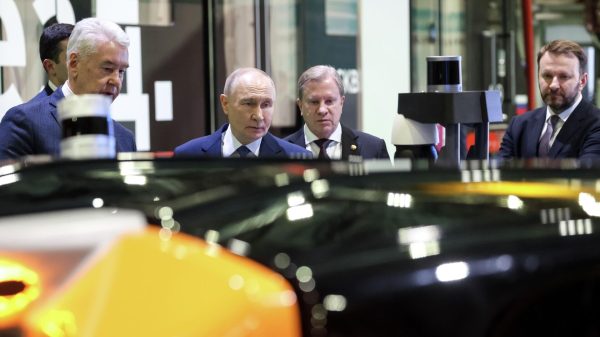

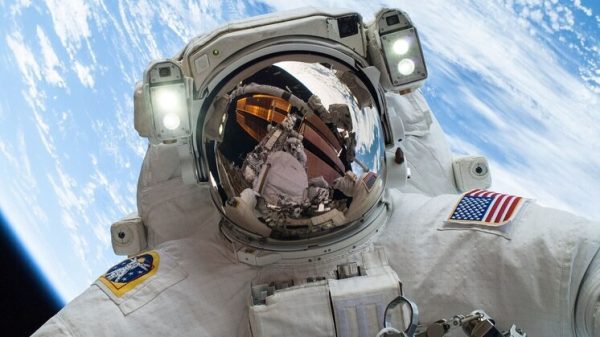































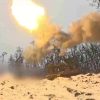






Свежие комментарии